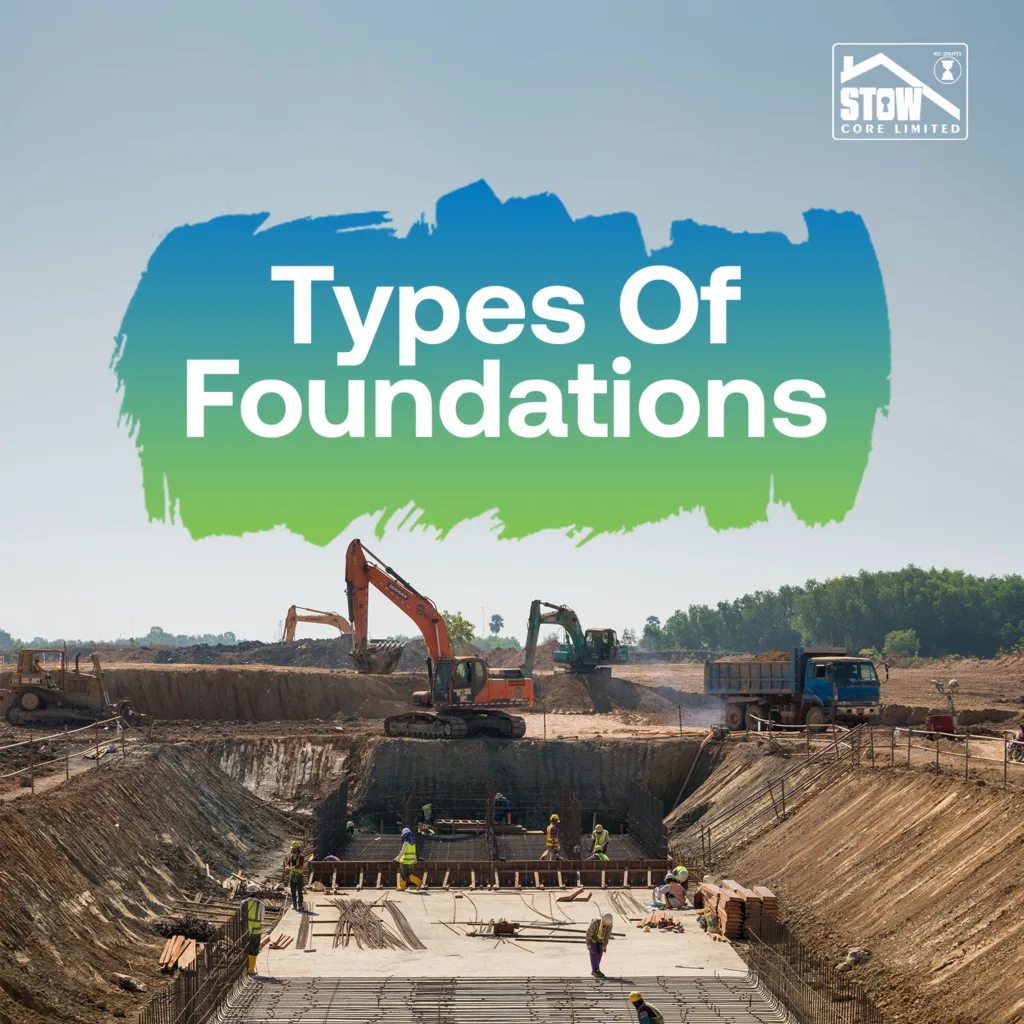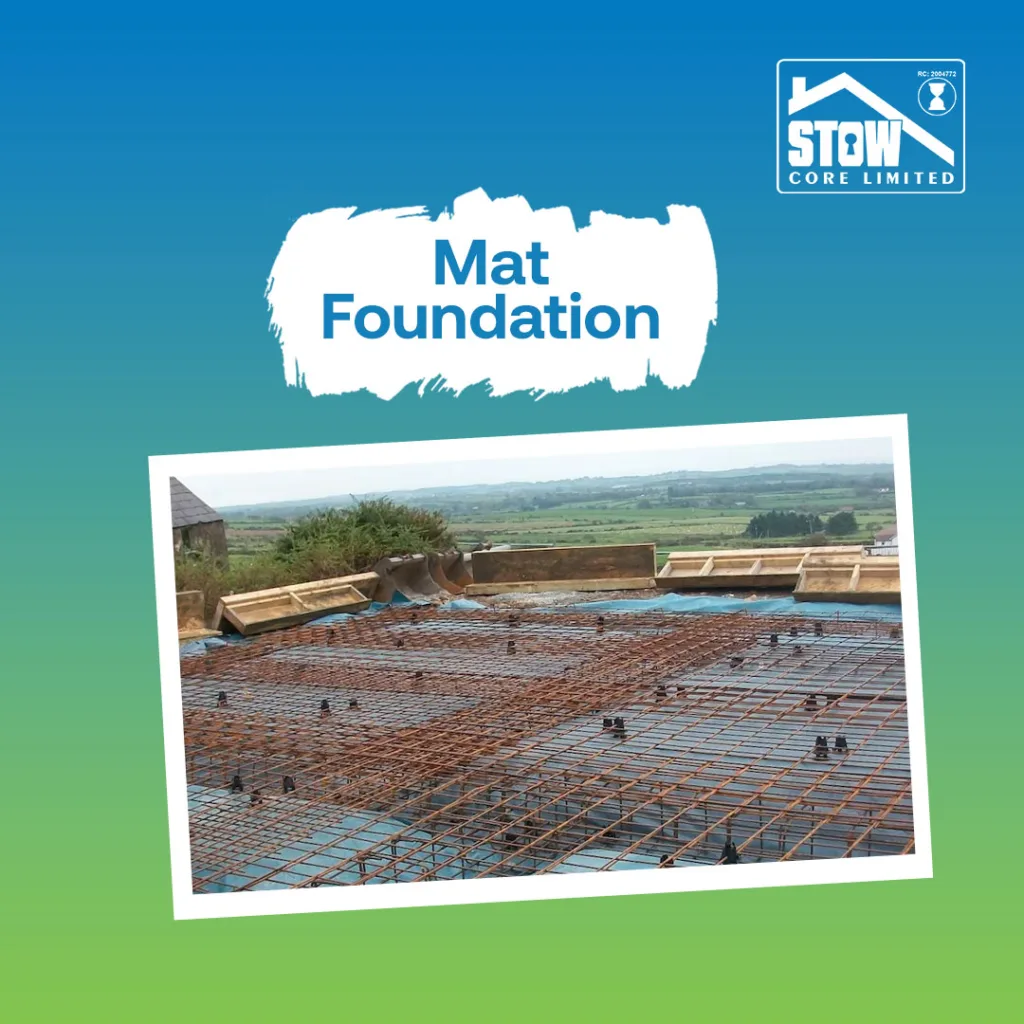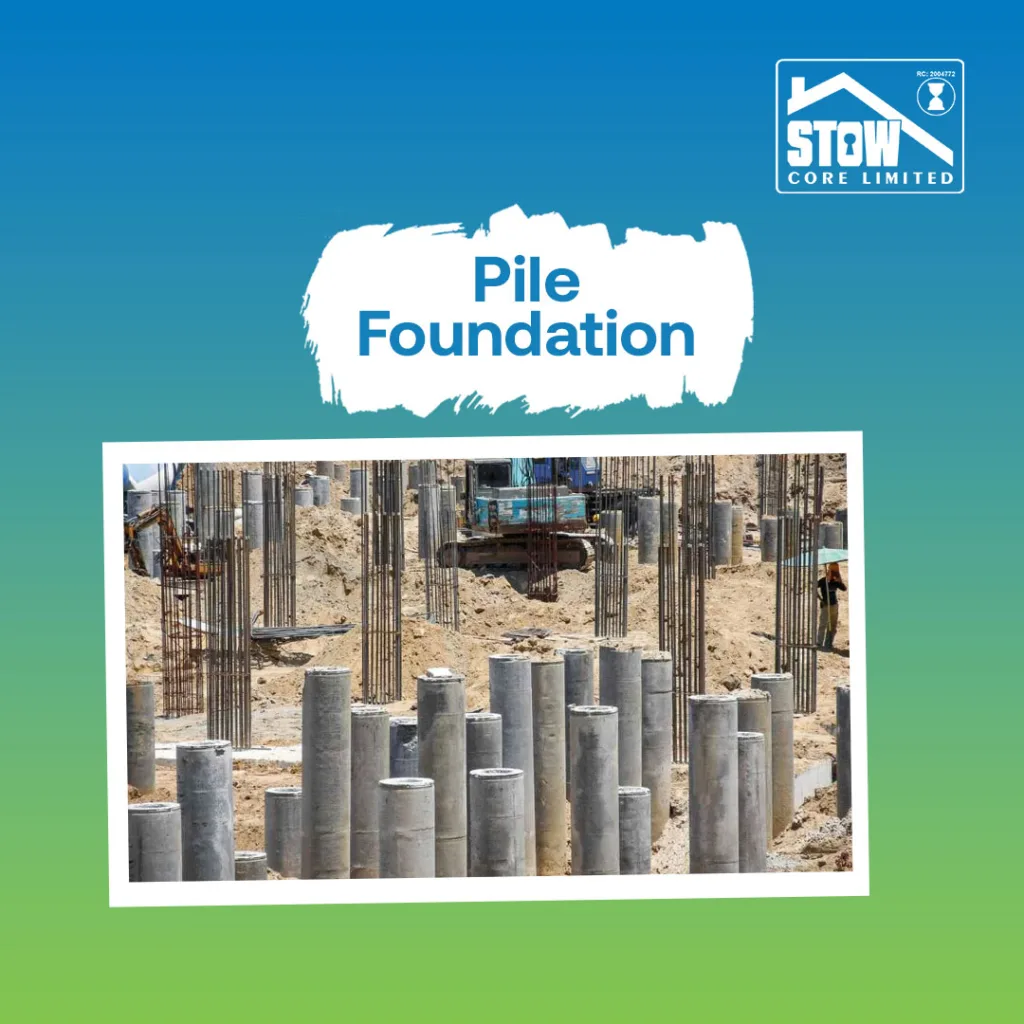The Secrets Beneath. Exploring Laying Foundations in Nigeria and West Africa
Princess Olorunsuyi

Building a sturdy foundation is essential for creating a building that will be structurally stable and long-lasting. The selection of a foundation becomes even more important in Africa’s moist regions, such as Nigeria, where the climate presents unique difficulties. This article delves into the intriguing realm of building foundations and illuminates the numerous kinds that are frequently used in these areas. Come along as we reveal the subterranean mysteries.
Mat foundations
Mat foundations are frequently utilized in damp areas because they can disperse the weight of the building over a broader area. This kind of foundation entails a substantial slab of reinforced concrete that covers the whole building’s footprint. Raft foundations are appropriate for locations with varying soil conditions because they increase stability and can reduce problems brought on by uneven settlement.

Pile foundations
These are frequently used in arid African settings with difficult soil. Long, cylindrical piles are pushed into the ground until they reach more secure strata in this kind of foundation. Pile construction materials include concrete, steel, and wood. Pile foundations offer a strong defence against soil instability and other water-related problems by shifting the load of the building to deeper, load-bearing soil or rock formations.

Caisson Foundations
In locations with very difficult soil conditions, caisson foundations provide a dependable answer. Caissons are large, cylindrical pits that are filled with concrete or other reinforced materials. They are also known as drilled piers or bored piles. These footings pierce through porous soil strata to firmer, load-bearing strata. Large-scale construction projects in drenched African environments frequently make use of caisson foundations because they offer extraordinary load-bearing capacity.
In a nutshell, building foundations are the unsung heroes who provide structures with the sturdiness and stability needed to resist the difficulties of the humid African climes, particularly Nigeria. Among the popular types used in these areas are caisson foundations, raft foundations, pile foundations, and strip foundations. It is important to carefully analyze the soil characteristics, water levels, and other environmental considerations while choosing the right foundation type. Builders may secure the durability and resiliency of their constructions by comprehending the secrets buried beneath the surface and using proper foundation design, opening the way for safer and more environmentally friendly building techniques in rainy Africa and Nigeria.

Thank you for providing such valuable information on this website. It has been an invaluable resource, and I’m deeply grateful for your dedication and expertise. It’s evident that the creators have a deep understanding of the topics covered, and their passion for sharing knowledge shines through. Kudos to the entire team! Thanks! ID : CMT-7IY7G6F8ZSIII7FYAX
I wanted to take a moment to express my deepest thanks for the enlightening and thought-provoking information on this website. Your dedication to sharing information is greatly appreciated. The content is comprehensive, well-structured, and thoughtfully curated. Thank you for sharing your expertise with us. Thanks! ID : CMT-BAKRBV7IDO71F70478
You are very welcome. We are here to provide you with all the industry knowledge you want.